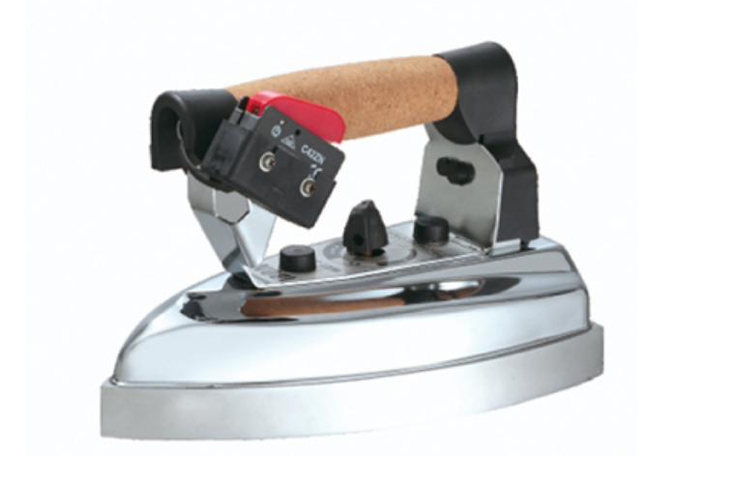Each fiber has a certain melting point. When the ironing temperature exceeds a certain temperature, the fiber is either melted or carbonized. Therefore, for garments made of the same fiber, the ironing temperature of thick iron can be appropriately higher and the temperature of thin iron can be appropriately lower. Also note that due to the different types of fabrics, the temperature requirements are also different.
1. Pure cotton, polyester-cotton, and all-wool fabrics: the temperature of the ironing head is preferably 140-160 degrees, and the water droplets on the iron make a "squeaking" sound, and the water droplets quickly become rolling water droplets.
2. Woolen tweed (wool) fabric: With the sound of "squeaking", the water droplets turn into water droplets and flow away quickly, and there are few water droplets on the surface of the iron.
3. Linen fabric: The temperature of the iron is about 180-200 degrees. When the water drops on the iron, there is a short "squeak" sound. The water droplets quickly disperse and evaporate directly into water vapor. The bottom of the iron is not wet at all.
4. Silk, acrylic fabrics, worsted wool fabrics: the temperature of the iron should be 100-200 degrees. The water drips on the iron, making a "squeak-squeak-" sound, and the droplets spread out and small blisters form around them.
5. Chemical fiber fabrics: The heat resistance of chemical fibers is generally poor. When ironing, it is necessary to master the appropriate ironing temperature according to the heat resistance of various fibers to avoid damaging the fabric.
Precautions
Because the maximum temperature that various chemical fibers can withstand is different, before ironing, you should first find out the type of fiber used in the fabric in order to master the appropriate ironing temperature. The ironing temperature of viscose fiber products is 120-160 degrees

WJ-0001 900W Non-Stick Electric Steam Iron
|
Model |
220/110V |
|
Weight |
2.6Kg |
|
Power |
900/800W |
|
Bottom size |
219X118mm |

 English
English हिंदी
हिंदी Español
Español عربى
عربى CN
CN









